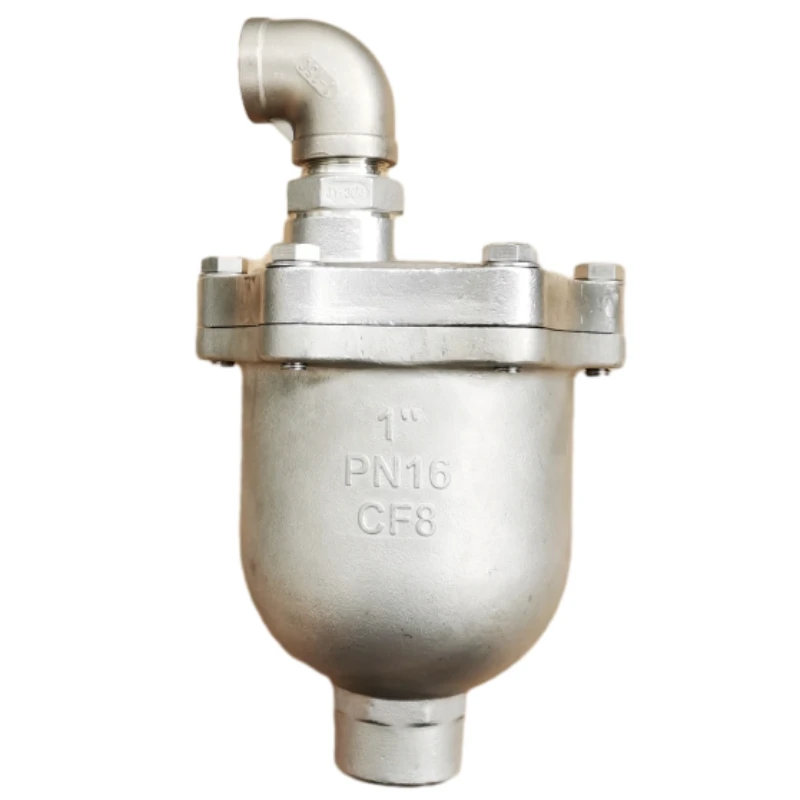Pneumatic Actuators for Efficient Control of Butterfly Valves in Industrial Applications
The Pneumatic Butterfly Valve Actuator A Comprehensive Overview
Pneumatic butterfly valve actuators play a crucial role in a variety of industrial applications, providing reliable and efficient control over fluid flow. These actuators utilize compressed air as their primary power source, enabling precise operations in environments where electrical actuation may pose safety risks or where compressed air is readily available. This article delves into their working principles, advantages, applications, and maintenance, offering a well-rounded view of this essential component in modern industrial processes.
Working Principle
A pneumatic butterfly valve actuator operates by rotating a disk or vane to regulate the flow of fluids through a pipeline. The actuator consists of a housing that contains a piston, which is actuated by compressed air. When air is supplied to one side of the piston, it creates pressure that forces the piston to move. This movement rotates the valve disk, either opening or closing the valve. The design allows for quick response times, enabling efficient control over the flow.
The actuator can be configured for different control modes, such as spring-return or double-acting. A spring-return configures the actuator to return to a predetermined default position when the air supply is cut off, while a double-acting actuator will remain in its last position until directed otherwise by input signals.
Advantages of Pneumatic Butterfly Valve Actuators
1. Fast Operations One of the most significant benefits of using pneumatic actuators is their ability to provide quick and accurate responses. This speed is vital in processes that require immediate adjustments to flow rates.
2. Simplicity and Reliability The mechanical simplicity of the actuator design results in higher reliability and lower maintenance compared to electric actuators. Fewer moving parts streamlines operations and reduces wear and tear.
3. Safety In environments where electrical components can pose ignition risks due to flammable substances, pneumatic actuators eliminate this hazard, making them a safer choice for explosive atmospheres.
4. Energy Efficiency Compressed air systems can often be integrated with existing air supply sources in a facility, minimizing the need for additional energy resources and leveraging already available pneumatic systems.
5. Torque and Power Pneumatic actuators can generate substantial torque, allowing them to handle larger valves and more demanding applications. The ability to produce significant power in compact sizes makes them versatile across different industries.
pneumatic butterfly valve actuator

Applications
Pneumatic butterfly valve actuators are widely utilized in various sectors. In water treatment plants, they control the flow of water and other fluids, ensuring efficient operation and compliance with safety regulations. The chemical processing industry employs these actuators to manage the movement of aggressive liquids and gases. In HVAC systems, pneumatic actuators regulate airflow to maintain optimal heating and cooling conditions in buildings. Additionally, they are essential in food and beverage processing, oil and gas industries, and pharmaceutical manufacturing, where precision and reliability are paramount.
Maintenance
Regular maintenance is essential to ensure the long-term operation of pneumatic butterfly valve actuators
. Key maintenance practices include- Inspection Frequently inspect the actuator for signs of wear, leaks, or damage. This includes evaluating the pneumatic connections and seals.
- Lubrication Ensure that moving parts are adequately lubricated to reduce friction and prevent jamming.
- Testing Periodically test the actuator response to verify that it operates as intended, including checking its movement limits and fail-safe positions.
Regular maintenance not only prolongs the life of the actuator but also ensures safety and operational efficiency.
Conclusion
Pneumatic butterfly valve actuators are indispensable components within many industrial settings, offering a blend of speed, reliability, and safety. Their design simplicity, combined with effective performance, makes them suitable for diverse applications ranging from water treatment to chemical processing. By understanding their workings and benefits, industries can leverage the full potential of these actuators, ensuring optimized processes and enhanced operational efficiencies. Given their critical role, proper maintenance and integration into existing systems are paramount for maximizing their effectiveness in fluid control applications.
By harnessing the advantages of pneumatic butterfly valve actuators, organizations can enhance their operational frameworks and contribute to safer, more efficient industrial practices.
-
The Smarter Choice for Pedestrian AreasNewsJun.30,2025
-
The Gold Standard in Round Drain CoversNewsJun.30,2025
-
The Gold Standard in Manhole Cover SystemsNewsJun.30,2025
-
Superior Drainage Solutions with Premium Gully GratesNewsJun.30,2025
-
Superior Drainage Solutions for Global InfrastructureNewsJun.30,2025
-
Square Manhole Solutions for Modern InfrastructureNewsJun.30,2025
-
Premium Manhole Covers for Modern InfrastructureNewsJun.30,2025
